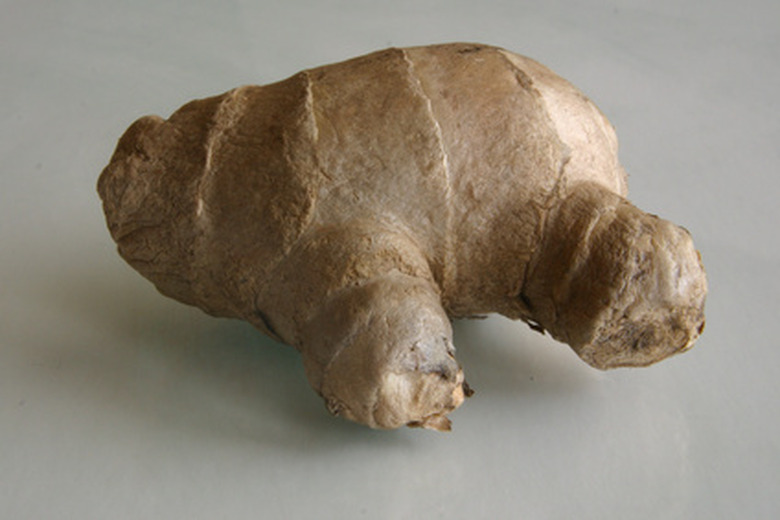Tropical Plants In Houston
Located in Zone 9a of the U.S. Department of Agriculture Plant Hardiness Zone Map, Houston, Texas is the perfect spot for growing tropical plants. The city and environs have hot, humid summers and mild winters during which temperatures may sometimes drop to 20 degree Fahrenheit. The area rarely experiences freezes.
Like St. Augustine, Florida or central Louisiana, Houston gets ample rain in the summer and has many lush bayous.
Common Ginger
Common Ginger (Zingiber officinale), also known as Cooking Ginger and Canton Ginger, originated in the tropical parts of Asia, but is well-suited for the climate in Houston. This herbaceous plant grows in single, upright stalks or stems and long, narrow, bright green leaves are arranged in rows on either side. The plant may produce small, yellow-green flowers.
- Located in Zone 9a of the U.S. Department of Agriculture Plant Hardiness Zone Map, Houston, Texas is the perfect spot for growing tropical plants.
- Common Ginger (Zingiber officinale), also known as Cooking Ginger and Canton Ginger, originated in the tropical parts of Asia, but is well-suited for the climate in Houston.
Common Ginger grows from a rhizome that may be uprooted and used in cooking. The rhizome may be dried and stored for later use. It is also used for medicinal purposes.
This ginger should be planted in full sun, prefers sandy soil and requires regular water.
Oak-Leaved Papaya
A fast-growing herbaceous tree that produces a small, sweet fruit, the Oak-Leaved Papaya (Carica quercifolia) can grow to 20 feet and thrives in full sun. This tree, which is native to the Andes mountains, has pointed, oblong leaves and may be covered in white blooms in spring. The tree will not bear fruit until mature.
- Common Ginger grows from a rhizome that may be uprooted and used in cooking.
- A fast-growing herbaceous tree that produces a small, sweet fruit, the Oak-Leaved Papaya (Carica quercifolia) can grow to 20 feet and thrives in full sun.
Soil around the Oak-Leafed Papaya should be kept moist, except during cooler winters, as wet soil may cause root rot.
Fuschia
Often hard to grow in tropical climates due to water needs, the Bolivian (Fuchsia boliviana) and Honeysuckle (Fuchsia triphylla) fuschias thrive in Houston. Unlike traditional Fuschia, these varieties are trees that produce a profusion of drooping, tubular flowers in stunning reds and purples. Both trees can grow to 25 feet.
The Bolivian and Honeysuckle Fuschias prefer part sun to part shade and should be protected from direct sunlight. These trees, which keep their flowers nearly year round, may be fertilized with nitrogen to promote growth. Both produce edible fruit, though are used more often as ornamental trees.
- Soil around the Oak-Leafed Papaya should be kept moist, except during cooler winters, as wet soil may cause root rot.
References
- Floridata.com: Zingiber Officinale
- "Sunset National Garden Book": by the editors of Sunset Publishing and Sunset Magazine; 1997
